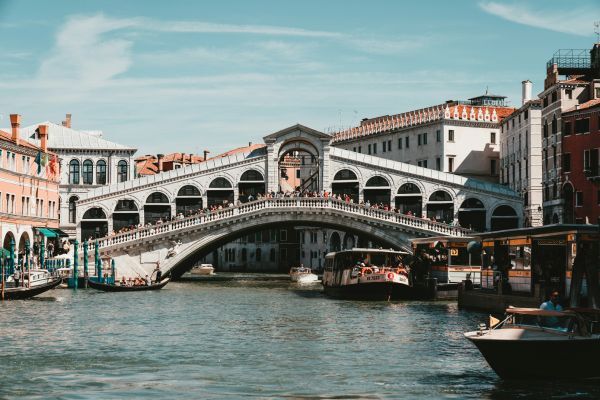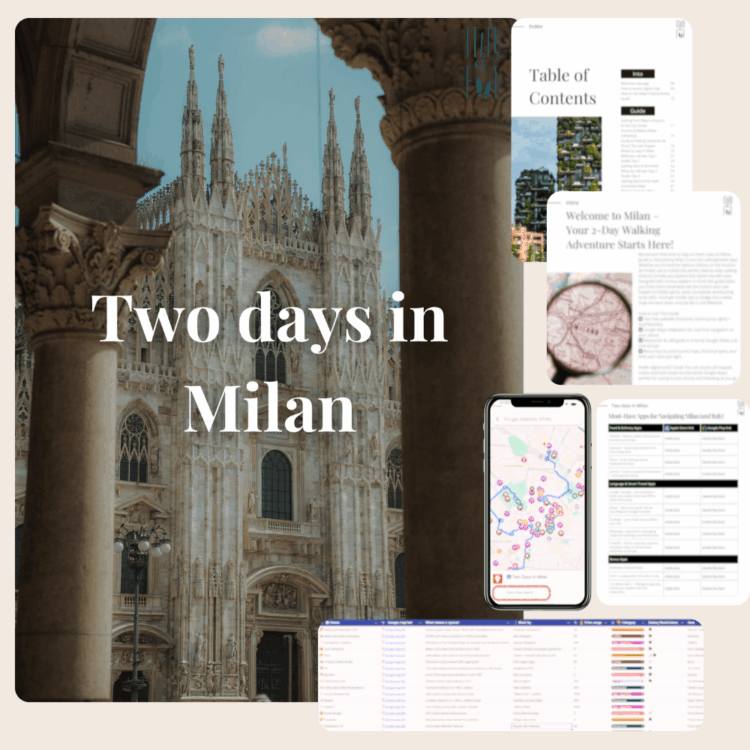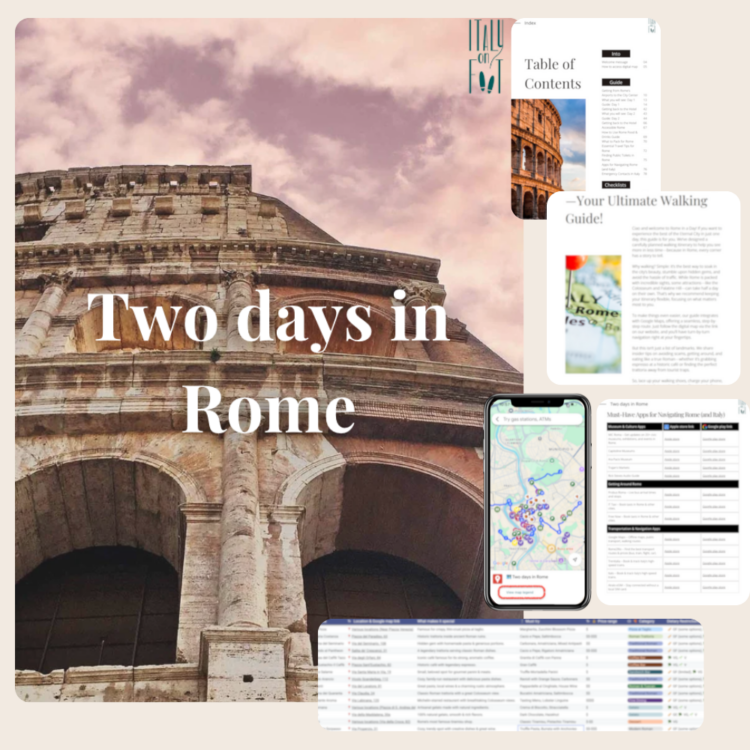One of the world’s most visually stunning and historically rich celebrations occurs every year in the winding alleyways and canals of Venice. The Carnival of Venice, or Carnevale di Venezia, as locals call it, is not just a mere festivity; it is a grand showcase of mystery, artistry, and tradition. An experience surely distinctive, but before diving deeper into what makes this event particularly captivating, why not get some insight on traveling to Venice, where this magnificent festival takes place?
Origins and Historical Significance
The origins of the Carnival in Venice trace back to the 11th century, though it became official during the Renaissance. Historically, the carnival started as a celebration of victory against the Patriarch of Aquileia in 1162. This festivity gradually evolved, becoming a platform where the Venetians could express their artistic sentiments and break away from their everyday roles through disguise.
Despite undergoing periods of suppression during the reign of King Napoleon as well as the later Austrian conqueror, the carnival was revitalized in the 1970s. Since then, it has recaptured its ancient glory, drawing visitors from across the globe. Its historical context not only enhances the festive mood but also connects us to Venice’s grand past.
The Magic of Masks and Costumes
Central to the Carnival in Venice are the masks and costumes that revelers wear, turning the city into a vibrant tableau of mystery and history. These masks are not just fashion statements but are deep-seated in Venetian traditions. Originally, they were worn to eradicate societal differences among citizens. In a mask and costume, a pauper could be an aristocrat for the festive season, allowing a liberating anonymity that was otherwise not afforded in everyday life.
The masks vary from the opulent Bauta, often complete with a tricorn hat and no mouth, allowing the wearer to eat and drink without reveal, to the eerie Plague Doctor masks, symbolizing Venice’s history with the plague. Each mask is usually hand-crafted, often made of leather, porcelain or using the original glass technique. Mask makers, or mascherari, hold a respected status, continuing traditions that are centuries old.
Events and Activities
The Carnival in Venice is replete with activities and performances. Each corner of the city bustles with events ranging from grand masquerade balls to the enchanting Volo dell’Angelo (Flight of the Angel), where an artist descends on a harness from the San Marco bell tower into the square below. This particular event marks the official opening of the carnival.
Gondola parades are also a fantastic sight, with beautifully decorated boats and gondoliers in splendid costumes. The atmosphere is filled with classical music, adding a melodious charm to the aquatic parade. Streets are lined with performers showcasing traditional Venetian dances and music, while impromptu street acts create an ambience of joy and celebration.
Gastronomic Delights
No festival is complete without a feast for the palate, and the Carnival in Venice offers an array of traditional Venetian delicacies. Visitors are treated to frittelle, a type of fried doughnut filled with cream or apples, and galani, crisp, sweet pastries. Both dishes encapsulate the spirit of indulgence that the carnival stands for. These culinary treats are best enjoyed with a glass of Prosecco, a locally produced sparkling wine, which complements the rich flavors of Venetian cuisine.
The Carnival in Venice plays a pivotal role in the city’s cultural and economic landscape. It provides a significant boost to local businesses, including artisans, costume designers, hotels, and restaurants. The influx of tourists, who come to witness this grand spectacle, supports the local economy and promotes international appreciation of Venetian heritage.
Moreover, the carnival season remains a vital period where locals reconnect with their history and culture, participating eagerly in the festivities. It is a time when the whole city, with its narrow passageways and majestic canals, transforms into one giant stage for the magnificent display of historical reenactment and jubilant celebrations.

A Journey into the Heart of the Carnival in Venice
When Does the Carnival Take Place?
Traditionally, the Carnival in Venice spans over two weeks and concludes just before Lent’s start, leading up to what many known worldwide as Shrove Tuesday or Mardi Gras. Operating typically from late January to February, specific dates vary slightly each year, aligning with the Easter festivals. The Carnival kicks off with a spectacular opening ceremony celebrated in grand style, lighting up the entire city with activities and festivity.
Should You Visit Venice During the Carnival?
Absolutely! Visiting Venice during the carnival is an unmatched experience. Imagine nights and days filled with artistic performances, masquerade balls, grand parades, and concerts. Every corner turns into a stage, and every face tells a story. Whether you are seeking artistic enlightenment or just want to lose yourself in a festival like no other, the Venice Carnival ensures an experience packed with joy, excitement, and historical enchantment.
What to Wear to Fit Right In
If you’re planning to visit, dressing up is the way to go. Most attendees wear full costumes with masks, often featuring high-end textiles like velvet, silk, or lace, decorated with jewels, feathers, and fur. But don’t worry, the city is filled with shops where you can rent or buy costumes and masks. The key is to go bold – the more ornate, the better!
Key Events Not to Be Missed
At the heart of the carnival are several must-attend events. The ‘Volo dell’Angelo’ or ‘Flight of the Angel’ is a spectacle where an artist flies along a rope from St. Mark’s Campanile to the middle of the square. Another significant event is the ‘Festa delle Marie,’ a parade that tells the tale of Venice’s tribute to a dozen brides for their bravery in the 9th century. Boat parades along the Canals are sumptuous; beautifully decorated boats and gondolas make their way through the Grand Canal, a delightful sight from any vantage.
Is Attending the Venice Carnival Worth It?
Without a doubt, yes. From historical re-enactments, splendid costumes, masked balls to the overall exuberant atmosphere, the Carnival in Venice offers something captivating for everyone. It’s not merely a festival; it’s an immersive historical experience that connects everyone to its luxurious, mythical past and creates moments that linger as treasured memories.
In essence, the Carnival in Venice embodies more than just a festive occasion; it encapsulates a rich tapestry of history, culture, and artistry. It remains a spellbinding event that invites both young and old to don a mask and lose themselves in the wonders of yore. Whether participating from the shores or virtually, the carnival promises a glimpse into the spectacular spirit of Venice – a spirit festooned with mystery, celebration, and a reverence for its glorious past.



